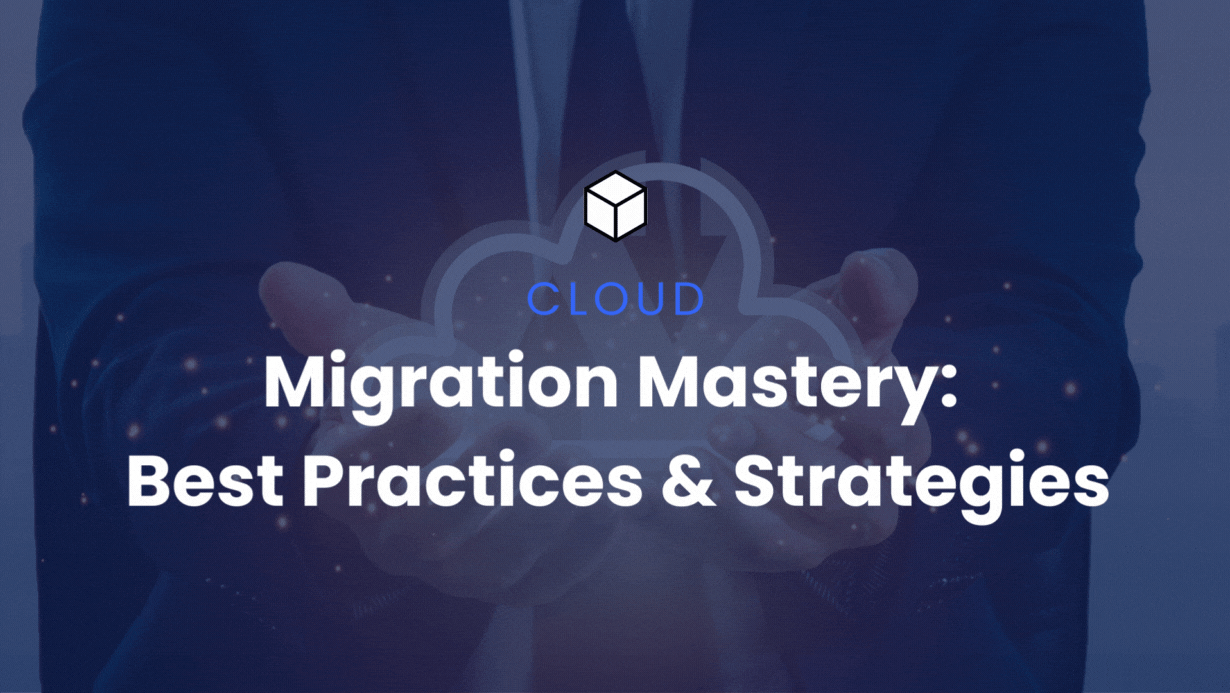Cloud Migration: Best Practices
In the digital transformation journey, cloud migration stands out as a pivotal move for businesses aiming for agility, innovation, and efficiency. Migrating to the cloud involves transferring data, applications, and IT processes from on-premises infrastructure to cloud-based platforms, offering unprecedented scalability, cost savings, and performance improvements. However, the path to successful cloud migration is fraught with challenges, including data security, application compatibility, and operational downtime. This comprehensive guide delves into the best practices and strategies for a seamless cloud migration process.
Comprehensive Planning and Assessment
Understanding Your IT Ecosystem
Begin by thoroughly assessing your current IT infrastructure, applications, and data. Identify which assets are critical for business operations and categorize them based on their complexity and migration priority. This assessment should also include a review of your IT team’s skills and the need for additional training or external support.
Defining Clear Objectives and KPIs
Set specific, measurable goals for your cloud migration, such as cost reduction targets, performance benchmarks, and expected operational improvements. Establishing clear Key Performance Indicators (KPIs) will help you measure the success of your migration and make necessary adjustments.
Choosing the Right Cloud Service Model
IaaS, PaaS, SaaS: Deciding on the Best Fit
Determine which cloud service model aligns with your business needs. Infrastructure as a Service (IaaS) provides flexibility and control over your computing resources, Platform as a Service (PaaS) facilitates rapid application development, and Software as a Service (SaaS) eliminates the need for infrastructure management with ready-to-use applications.
Hybrid and Multi-Cloud Strategies
Consider whether a hybrid or multi-cloud approach suits your objectives. Hybrid clouds combine private and public clouds, offering a balance between control and scalability. Multi-cloud strategies involve using multiple cloud services to leverage the best features of each provider.
Implementing a Phased Migration Approach
Starting Small
Initiate the migration with less critical applications or data. This “pilot migration” phase allows you to address potential issues without impacting core business functions.
Scaling Up Gradually
Based on the pilot migration’s success, proceed to migrate more significant parts of your IT infrastructure, applying lessons learned and refining the process as you go.
Ensuring Security and Compliance
Conducting a Security Assessment
Perform a comprehensive security assessment to identify vulnerabilities and establish security controls appropriate for the cloud environment. Consider encryption, identity and access management (IAM), and endpoint security.
Compliance and Data Privacy
Ensure your cloud provider complies with relevant industry regulations and data protection laws. This is crucial for maintaining customer trust and avoiding legal penalties.
Optimizing Post-Migration
Continuous Monitoring and Management
Use cloud monitoring tools to track performance and resource utilization, enabling proactive adjustments to optimize costs and efficiency.
Leveraging Cloud-native Features
Explore cloud-native services and tools that can enhance your applications’ performance and scalability. Consider adopting serverless architectures, containers, and microservices to fully exploit the cloud’s capabilities.
Managing Change and Cultivating a Cloud-first Culture
Training and Support
Invest in training programs to upskill your IT team in cloud technologies and best practices. Encourage a culture of continuous learning and innovation.
Communicating Benefits Across the Organization
Share the benefits and successes of cloud migration with the entire organization to foster support for the initiative. Highlight improvements in performance, cost savings, and business agility.
Conclusion
Cloud migration is more than a technical challenge; it’s a strategic business move that can redefine an organization’s operational landscape. By following these best practices—from meticulous planning and choosing the right cloud model to ensuring security and fostering a cloud-first culture—businesses can navigate the complexities of cloud migration. The journey to the cloud, when executed with careful consideration and strategic foresight, opens up a world of possibilities for scalability, innovation, and competitive advantage.

